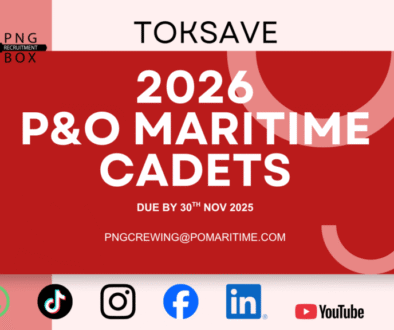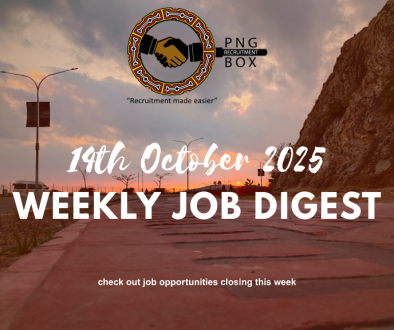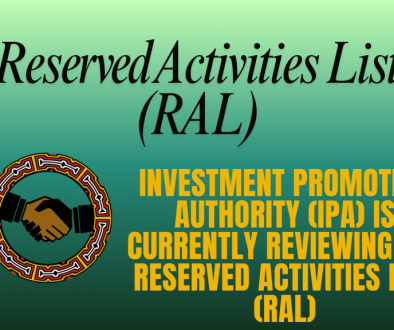Beyond ‘Hello’: The Psychology of a Powerful Job Interview Introduction
The first 60 seconds of a job interview can set the stage for everything that follows. In psychology, this is known as the Primacy Effect—the tendency for people to better remember the first pieces of information they receive. Your introduction isn’t just a formality; it’s a strategic opportunity to shape the interviewer’s perception of you from the very beginning.
Here at PNGRecruitmentBox.org, we want to go beyond the ‘what’ and explain the ‘why’. Let’s break down the structure of a perfect self-introduction and explore the sociological and psychological reasons it works so well.
The Anatomy of a Winning Introduction
A strong introduction is a concise, confident narrative that answers the silent questions in every interviewer’s mind: “Who are you?”, “Why are you here?”, and “What value can you bring to us?”.
1. Greet and Thank the Interviewer
- What to say: “Good morning, and thank you for the opportunity to be here.”
- The Psychology Behind It: This simple act is a crucial social ritual. It demonstrates respect, humility, and emotional intelligence. Sociologically, it establishes a positive, cooperative tone, immediately reducing any tension in the room. You are not just a candidate; you are a respectful professional engaging in a mutual discussion. This builds instant rapport.
2. State Your Name and Current Status
- What to say: “My name is [Your Name], and I’m currently a [Your Current Job Title] at [Company Name].” Or, “I recently graduated with a degree in [Your Major] from [University Name].”
- The Psychology Behind It: This anchors your identity. Stating your name and role clearly and confidently creates a strong first impression of self-assurance. For the interviewer, this is the first concrete piece of data. It provides an immediate frame of reference, allowing them to mentally place you and begin connecting your experience to the role.
3. Give a Quick Professional Background
- What to say: “I have [X] years of experience in [Your Industry or Field], where I’ve focused on [Key Skills or Responsibilities].”
- The Psychology Behind It: This step leverages the principle of authority and credibility. By quantifying your experience (e.g., “8 years of experience in finance”), you provide a powerful mental shortcut for the interviewer that establishes you as a knowledgeable professional. Highlighting your focus area (e.g., “focused on risk analysis and compliance”) immediately signals your relevance and expertise, making the interviewer lean in and listen more closely.
4. Highlight Key Achievements or Strengths
- What to say: “In my previous role, I led a project that resulted in a 15% increase in efficiency by implementing a new software system.”
- The Psychology Behind It: This is the most critical part of your introduction. Humans are wired to respond to stories and concrete results. Vague claims like “I’m a hard worker” are forgotten, but specific, quantifiable achievements provide tangible proof of your competence. This moves you from claiming you have skills to demonstrating your impact. From a sociological perspective, you are showing that you understand what an organisation values: results, growth, and problem-solving. You are proving you are a low-risk, high-reward candidate.
5. Explain Your Interest in the Role
- What to say: “I’m really excited about this opportunity because it aligns with my passion for sustainable community development, and I see it as a great chance to use my project management skills to contribute to your team’s incredible work.”
- The Psychology Behind It: This final step connects your past to their future. It signals genuine motivation and social fit. Interviewers aren’t just hiring a set of skills; they are hiring a person who will join their team. By showing you’ve done your research and are genuinely enthusiastic about their specific company and role, you tap into a powerful psychological need for connection and shared purpose. It tells them you don’t just want a job—you want this job.
Putting It All Together: A Full Example
Here’s how these steps flow into a seamless, 60-second pitch:
“Good morning, thank you so much for this opportunity. My name is Sarah Kuman, and I am currently the Senior Accountant at PNG Banking Corp. I have over seven years of experience in the financial services industry, where I’ve specialised in corporate auditing and financial reporting. In my last role, I was proud to lead a team that streamlined our month-end closing process, reducing reporting errors by 25%. I was particularly excited to apply for this Finance Manager position because I deeply admire your company’s commitment to digital innovation, and I believe my skills can directly contribute to the success of your team.”
Final Thoughts
Your introduction is more than just a script. It’s your opening argument. By understanding the psychology of first impressions, you can craft a compelling story that establishes your credibility, demonstrates your value, and signals your enthusiasm.
Practice it until it feels natural, confident, and, most importantly, authentic to you. Good luck!
For more career advice and job opportunities in Papua New Guinea, keep exploring PNGRecruitmentBox.org!
REMEMBER! When applying for a job, it’s crucial to include a cover letter that clearly outlines your interest in the position and your suitability for the role, along with an updated curriculum vitae. Here are 5 valuable tips on crafting emails that grab attention and get read, as well as advice on structuring your CV to make a strong impression. By following these guidelines, you can enhance your application and increase your chances of landing the job you desire.
Discover more from PNG Recruitment Box
Subscribe to get the latest posts sent to your email.




